At 9:30 a.m. on March 25, 2022 (9:30 p.m. on March 24, EST), at the invitation of the Cultural Office of the Chinese Embassy in the United States, the China Intangible Cultural Heritage Protection Center, the UNESCO International Training Center for Intangible Cultural Heritage in the Asia-Pacific Region, and the editorial department of China Intangible Cultural Heritage participated in the online exchange meeting of intangible cultural heritage business in the conference room of the Asia-Pacific Center. The meeting was jointly organized by the Cultural Office of the Chinese Embassy in the United States, the China Intangible Cultural Heritage Protection Center, the Asia-Pacific Center, and the Editorial Department of the China Intangible Cultural Heritage. Zhao Haisheng, the Minister Counsellor of the Cultural Office of the Chinese Embassy in the United States, Xu Tong, the First Secretary Mo Liyu, the Second Secretary Bai Yuzhu, the Third Secretary Yang Zhangfeng, the Vice President of the Chinese Academy of Arts, Wang Fuzhou, the Director of the China Intangible Cultural Heritage Protection Center, and Liang Bin, the Director of the Asia-Pacific Center, Gao Shu, deputy editor of China's Intangible Cultural Heritage, attended the video conference.

Figure 1 Video conference
This meeting is the first special meeting of the two sides for the dissemination and exchange cooperation of Chinese intangible cultural heritage in the United States under the current new situation. The purpose of this meeting is to deepen the diplomatic staff's business understanding of intangible cultural heritage, enhance the communication ability of Chinese intangible cultural heritage in the United States, help the domestic to grasp the international trend of intangible cultural heritage protection in a timely manner, deepen the national level of intangible cultural heritage protection and research capabilities, and establish and improve the domestic The overall awareness of jointly promoting the development of intangible cultural heritage in the international environment.
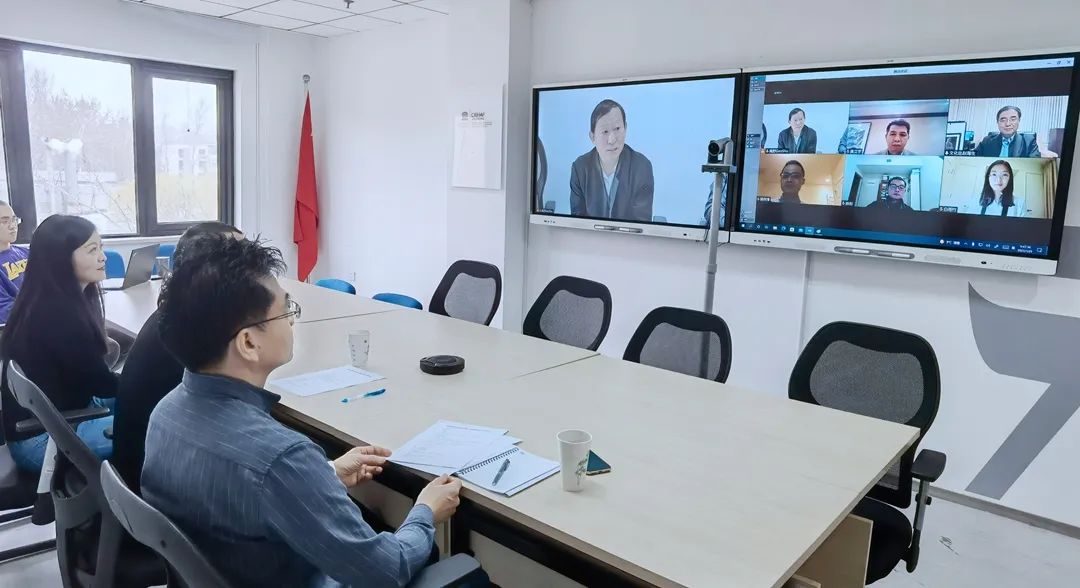
Figure 2 Meeting site (Beijing)
The Cultural Office of the Chinese Embassy in the United States has been committed to strengthening Sino-US cultural and tourism exchanges and cooperation, and promoting mutual understanding, learning and friendship between the two peoples; Raise awareness of Chinese culture and tourism through various cultural and tourism projects; Provide information for American cultural and tourism entities interested in developing contacts or exchanges with Chinese counterparts. The good cooperative relationship between our institute and the Cultural Department of the Chinese Embassy in the United States has a long history. In 2014, Comrade Wang Fuzhou assisted the Embassy in organizing the Smithsonian Folk Life Culture Festival (China as the theme country); In 2017, the Ministry of Culture and Tourism selected Comrade Gao Shu from the Intangible Cultural Heritage Center to work and exchange with the Smithsonian Folk Life and Cultural Heritage Center in the United States, and assisted in planning related activities.

Figure 3 Zhao Haisheng's speech (United States)
At the meeting, Zhao Haisheng, the Chinese Embassy in the United States, first expressed his full attention to the "Opinions on Further Strengthening the Protection of Intangible Cultural Heritage" and other documents recently issued by the General Office of the CPC Central Committee and the General Office of the State Council, and expressed his gratitude to the Chinese Academy of Arts and the China Intangible Cultural Heritage Protection Center for their support and assistance to the cultural work of the Embassy. When introducing the latest implementation and development of intangible cultural heritage in the cultural work in the United States, he stressed that China's foreign exchange work has done a lot at the "art" level, and there is still great potential to go deep into the ideological level and seek the combination of "art" and "Tao" in the future; Under the special background of the COVID-19, it will be an important topic for the Chinese Embassy in the United States to combine the protection of intangible cultural heritage with sustainable development and make intangible cultural heritage contribute to China's foreign cultural exchanges.
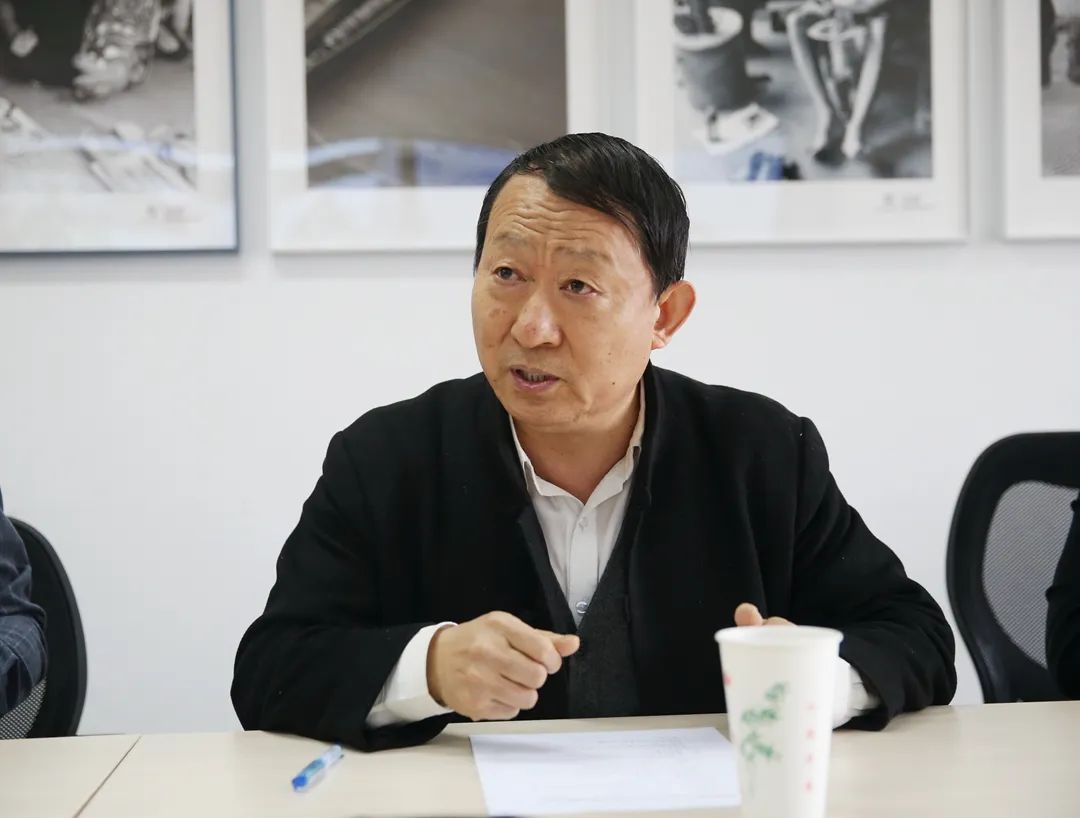
Figure 4 Director Wang Fuzhou's speech
Vice President Wang Fuzhou introduced the challenges and opportunities faced by the current work related to intangible cultural heritage in China. Since its establishment, the Intangible Cultural Heritage Center has undertaken the specific work and policy consultation related to the national intangible cultural heritage protection, the publication of the intangible cultural heritage protection and theoretical research results, and the formulation of the "series of industrial standards for the digital protection of intangible cultural heritage". It has fully participated in the work of China's intangible cultural heritage cause and played an important role. It is further emphasized that the current understanding of intangible cultural heritage needs an all-round thinking revolution: first, intangible cultural heritage is the intangible form of cultural heritage. The center has experienced the whole process of protection of intangible cultural heritage in China, has seen the problems in the protection practice more pertinently, bears the burden of upgrading the first-level discipline of the whole country's cultural heritage science, and is actively committed to the construction of the theoretical framework; Second, as the intangible form of cultural heritage, intangible cultural heritage has isomorphic relationship with material cultural heritage, and the essence of intangible cultural heritage needs to be discussed in depth; Third, cultural heritage cannot be separated. Intangible heritage cannot be separated from the cultural heritage itself. There is a dependency relationship between the subject and the object of cultural heritage. Only by integrating culture and tourism from the root and spreading the integrity of culture can the uniqueness of Chinese culture be displayed, which is also the real significance of inheriting and carrying forward traditional culture. At present, the Intangible Cultural Heritage Center actively integrates into the major decisions and arrangements of the Party and the country, such as the rural revitalization strategy, the construction of national cultural parks, and the integrated development of culture and tourism, fully participates in the creative transformation and innovative development of the excellent traditional Chinese culture with the theme of the protection, inheritance and promotion of intangible cultural heritage, actively cooperates with the new measures of building a socialist cultural power, and in accordance with the latest deployment requirements of the Ministry of Culture and Tourism, on the basis of solid promotion of the original work, We will speed up the border investigation of intangible cultural heritage, do a good job in writing the performance report, build the academic and disciplinary system of cultural heritage, focus on promoting the discipline construction and talent training plan, and build the journal "China's Intangible Cultural Heritage" as a theoretical research, talent training and academic exchange platform, contributing to the prosperity and development of China's intangible cultural heritage cause. The solid efforts of the above-mentioned intangible cultural heritage center, especially the full planning and design of discipline construction, have achieved remarkable results in promoting the "Tao" and "technique" of China's intangible cultural heritage cause.
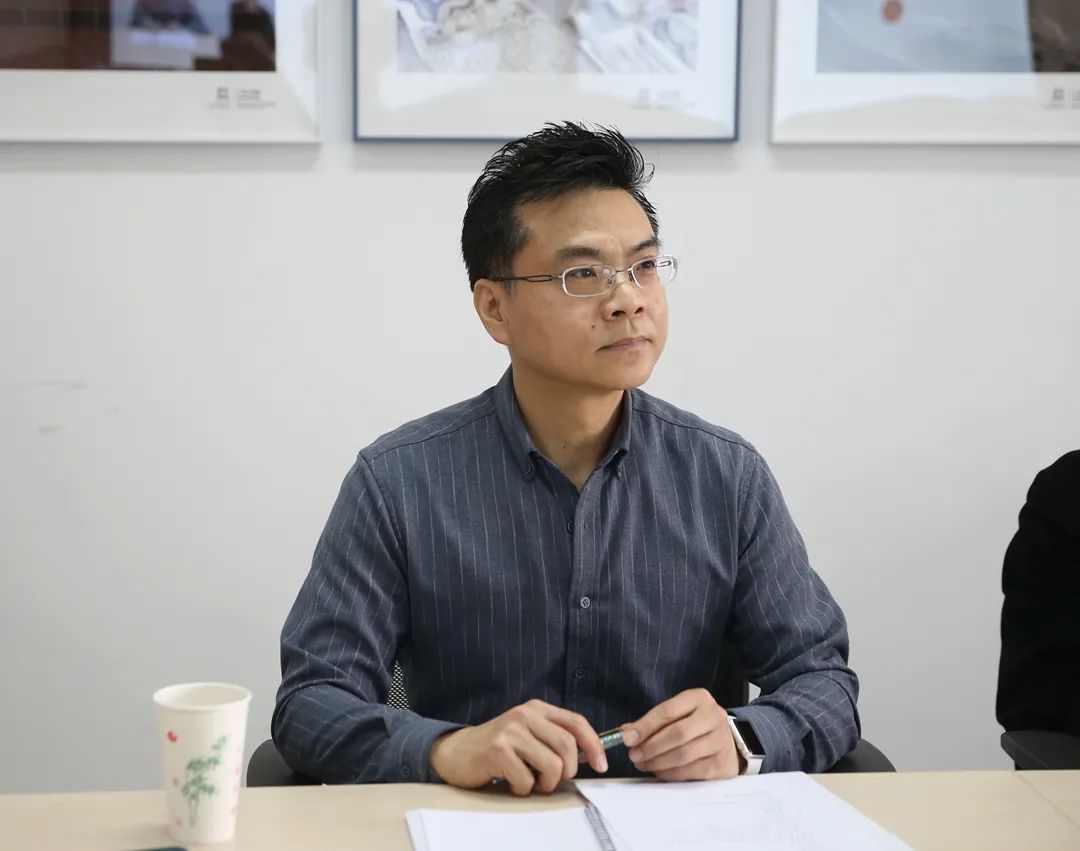
Figure 5 Director Liang Bin's speech
Director Liang Bin paid tribute to the cultural work of the Embassy under the pressure of the current situation and epidemic situation, and shared the actual work of the Asia-Pacific Center as a second-class center under the framework of the UNESCO Convention on the Protection of Intangible Cultural Heritage. During the specific period of the COVID-19 epidemic, the Asia Pacific Center not only did not stop its external training work, but also communicated and cooperated closely with the UNESCO headquarters and its offices in the Asia Pacific region, relevant government departments, and the Japan South Korea Center. According to the specific conditions of each country, it made good planning and design, and continuously held a series of international training, in order to improve the ability of UNESCO member countries to protect intangible heritage, It has enhanced the awareness of countries, communities, groups and individuals in the Asia-Pacific region to protect intangible cultural heritage and played a good role as a bridge.
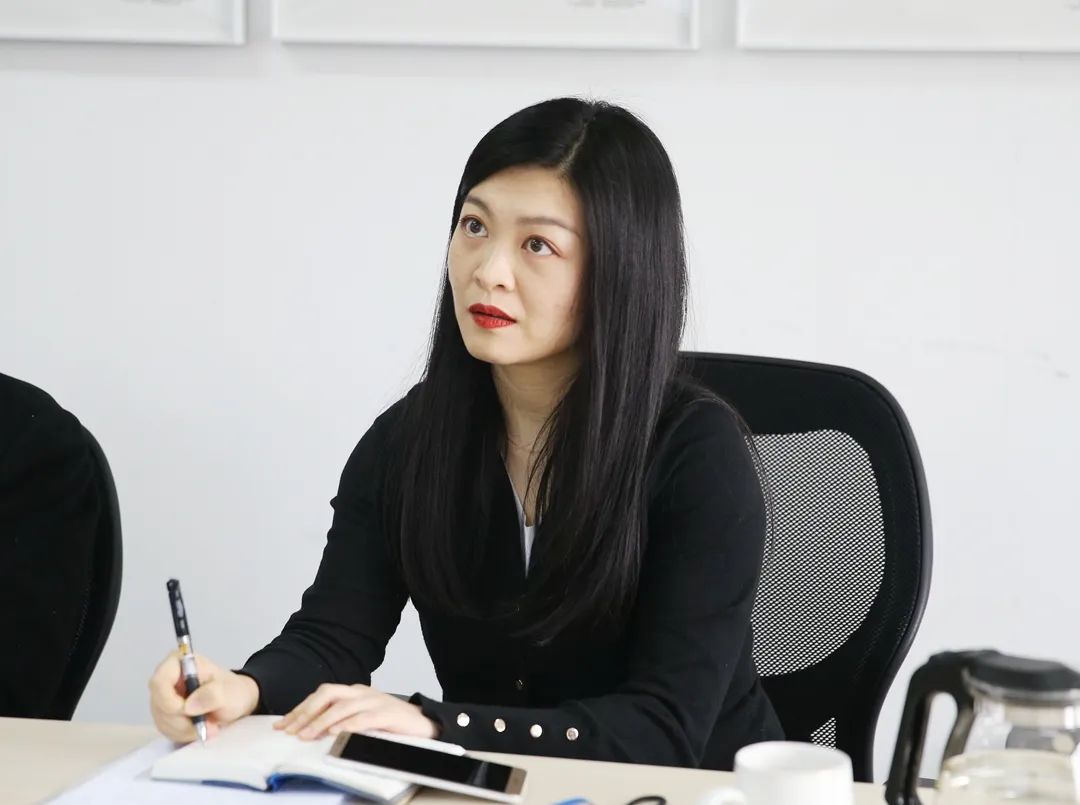
Figure 6 Comrade Gao Shu's speech
Comrade Gao Shu also said that based on his research foundation of puppet show (2006 -) and in combination with the work and exchange experience in the Smithsonian Institution of the United States in 2017, the Department of Culture and other relevant institutions and personnel, planned and organized the "grassroots" project of Chinese puppet show in the United States, expanded the cultural exchange for the general public in the United States, enriched the possibility of academic research, and will continue to cooperate with the Department of Culture to improve follow-up activities in the future.
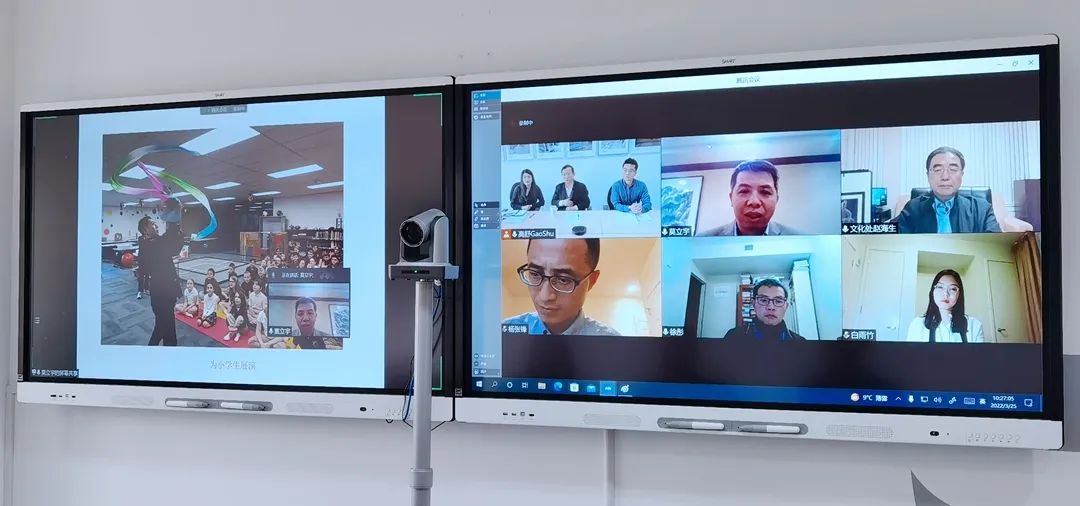
Figure 7 Relevant comrades of the Cultural Department of the Chinese Embassy in the United States introduced the implementation of China's intangible cultural heritage theme activities in the United States
Counselor Xu Tong of the Cultural Office of the Chinese Embassy in the United States introduced that the Smithsonian Society (the largest cultural institution in the United States) held the Smithsonian Folk Life Culture Festival. In 2014, China, as the theme country, raised culture to a classic case of national behavior; Mo Liyu, the first secretary, introduced the "down to the grassroots" project of Chinese puppet show in the United States, which has been launched since 2019. Relying on the voluntary services of American non-profit organizations and the public, he organized Chinese heirs to live in American families, and carried out "offline+online" cultural exchanges in community colleges, middle schools and primary schools, which has become a new brand of the activities of the Cultural Department; The Second Secretary Bai Yuzhu introduced the New Year Family Day, Lantern Exhibition and Cultural Week held in the "Happy Spring Festival" event in Washington, D.C.
The talks lasted until the early morning of the US Eastern Time. The two sides also had a full discussion on the ways and means of cultural exchange during the epidemic, potential areas of cooperation and future coordination mechanisms. Zhao Haisheng expressed his gratitude and high recognition for the contribution made by the Center, and expressed his desire to further develop long-term cooperation with the Institute, invited the Embassy to organize corresponding business training, and resumed offline communication activities at an appropriate time. Director Wang Fuzhou said that he would further strengthen cooperation with the Cultural Office of the Embassy in the United States, carry out planning efforts for medium and long-term cultural exchanges, continue to promote the implementation of existing brand activities, jointly explore new work models in the context of the epidemic, and enhance the impact of China's intangible cultural heritage in the international community.
Finally, the two sides reached a consensus on the "online+offline" work mode in the future, and said that they would keep in touch, coordinate and promote the further enrichment and deepening of China's intangible cultural heritage exchange activities in the United States in the light of the changing international situation, emerging cultural themes and the growing demand for cultural exchanges between China and the United States, make contributions in the field of intangible cultural heritage that the international community focuses on, and enhance the understanding of China's culture and tourism, And make contributions to China's diplomatic work.